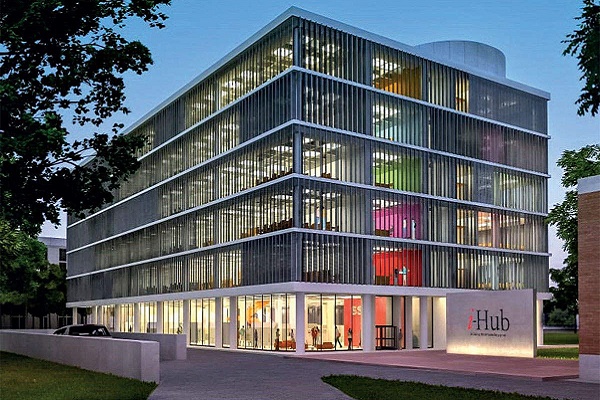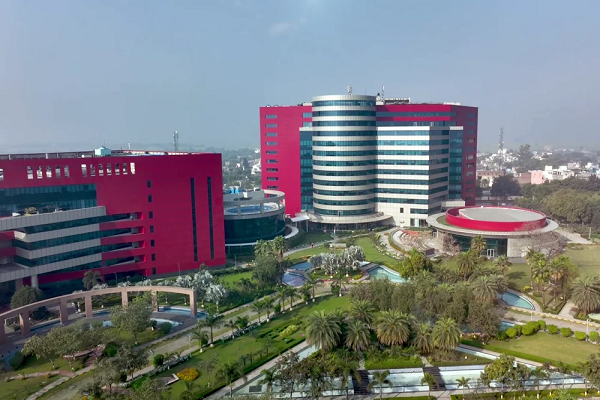``Creating a Sustainable Environment at Home: Simple Steps for a Greener Future``

Introduction: As the world grapples with climate change and environmental degradation, individuals and families can play a significant role in shaping a sustainable future. One of the most impactful ways to contribute is by creating a sustainable environment within our homes. Sustainability is not just about reducing waste or saving energy—it’s a holistic approach to living in harmony with the planet. From energy-efficient appliances to sustainable décor choices, every action taken at home contributes to a larger global effort to preserve the environment for future generations. This article explores practical ways you can make your home more eco-friendly and sustainable, helping you build a greener, healthier, and more responsible living space.
What is a Sustainable Home?
A sustainable home is one that is designed and maintained with the intention of reducing its environmental impact. This includes using resources wisely, minimizing waste, and ensuring that the home operates in a way that supports both the planet and its inhabitants. Sustainability involves using renewable energy sources, choosing eco-friendly materials, reducing carbon footprints, and maintaining a lifestyle that respects the natural world.
Building or renovating a sustainable home doesn’t require drastic changes, but rather adopting simple habits and making mindful choices. The goal is to create a comfortable, eco-friendly living environment that enhances both quality of life and environmental well-being.
Why Creating a Sustainable Environment at Home Matters
*Reduced Carbon Footprint: By minimizing energy consumption and waste, you can directly reduce the carbon footprint of your household, contributing to the fight against climate change.
*Cost Savings: Energy-efficient appliances, water-saving fixtures, and sustainable building materials often lead to long-term savings in utility bills, making your home more economical to maintain.
*Healthier Living: Sustainable homes promote better indoor air quality and reduce the use of toxic chemicals, leading to a healthier environment for you and your family.
*Resource Conservation: Sustainable living reduces the demand for finite resources like fossil fuels, water, and raw materials, ensuring their availability for future generations.
Key Steps to Create a Sustainable Home
1. Energy Efficiency: Powering Your Home with Less
One of the most significant ways to make your home more sustainable is to improve its energy efficiency. This can be achieved through a combination of smart design choices and modern technology:
*Switch to LED Lighting: LED bulbs are more energy-efficient than incandescent bulbs and have a longer lifespan.
*Energy-Efficient Appliances: Choose appliances with high energy ratings to reduce electricity consumption, such as refrigerators, washing machines, and air conditioners.
*Solar Power: If possible, install solar panels to harness renewable energy from the sun. Solar power can significantly reduce reliance on the grid and lower electricity costs.
Proper Insulation: Ensure that your home is well-insulated to reduce the need for heating and cooling, which are major energy consumers.
2. Water Conservation: Save Water, Save the Planet
Water is a precious resource, and conserving it should be a priority in any sustainable home. Here are ways to minimize water usage:
*Install Water-Efficient Fixtures: Low-flow showerheads, faucets, and toilets can significantly reduce water usage without compromising comfort.
*Rainwater Harvesting: Collect rainwater for use in gardens, lawns, or for non-potable purposes like cleaning.
*???????Fix Leaks: A single drip from a leaky faucet can waste gallons of water over time. Regularly check for leaks and repair them immediately.
3. Waste Reduction: Minimize, Recycle, and Reuse
Reducing waste is essential for creating a sustainable home. By minimizing the amount of waste you produce, you help reduce landfill overflow and pollution. Here’s how you can achieve waste reduction:
*Recycling: Set up a recycling station in your home for items like paper, plastic, glass, and metal. Make sure to properly sort and recycle materials.
*Composting: Create a composting system for kitchen scraps and yard waste. Composting helps reduce landfill waste and creates nutrient-rich soil for gardening.
*Buy in Bulk: Avoid products with excessive packaging by purchasing items in bulk. This helps reduce plastic and other packaging waste.
4. Sustainable Materials: Eco-Friendly Décor Choices
The materials you use to build or decorate your home have a significant impact on the environment. Opt for eco-friendly alternatives to minimize resource depletion and reduce pollution:
*Bamboo and Cork: These materials are renewable, durable, and often used in flooring, furniture, and décor.
*Recycled Materials: Use reclaimed wood, metal, or glass for furniture or home improvement projects. This reduces the need for new resources and helps minimize waste.
*Natural Paints: Traditional paints often contain harmful chemicals. Opt for non-toxic, natural paints and finishes that are safer for both the environment and your health.
5. Eco-Friendly Landscaping and Gardening
Creating a sustainable environment extends to the outdoors as well. Sustainable gardening practices help conserve water, reduce the need for chemical pesticides, and provide habitats for wildlife:
*Native Plants: Choose native plants that are well-suited to your local climate and require less water and maintenance.
*Organic Gardening: Avoid synthetic fertilizers and pesticides by opting for organic gardening methods. This supports biodiversity and soil health.
*Green Spaces: Create a small green space or garden in your home to purify the air, reduce the urban heat island effect, and support local wildlife.
Conclusion: The Ripple Effect of Sustainability
Building a sustainable home is a gradual but rewarding process. The choices you make today will not only benefit your immediate environment but will have long-lasting effects on the planet. Whether you’re starting small with energy-efficient lighting or embarking on a full home renovation, every step you take towards sustainability is a step towards a better, more responsible future. By embracing these eco-friendly practices, you are not only improving your quality of life but also contributing to a collective effort to protect the earth for generations to come.
























